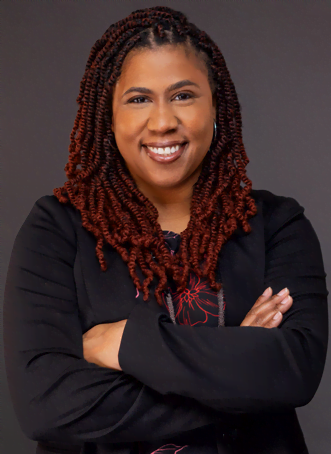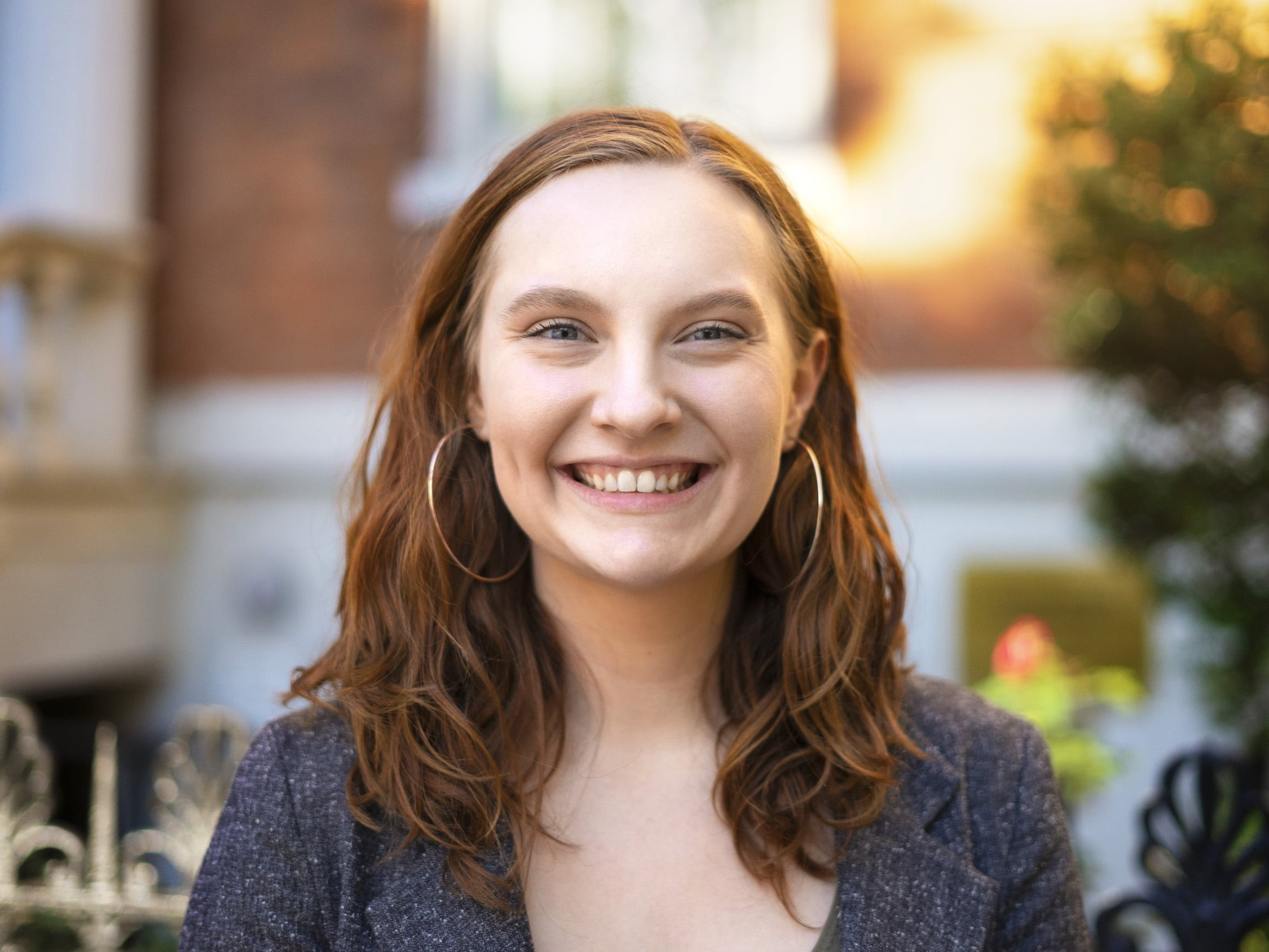Socio-Spatial Self-Organizing Maps (SS-SOMs) to Measure Place-Based Racial and Sexual Orientation Sentiment
Stephanie Cook, Erica WoodRacism and homophobia are bad for our health. Many popular and scientific explorations have clearly demonstrated this fact. However, it remains rather unclear how and in what spaces racism and homophobia influence health, specifically among sexual minority populations. Indeed, in 2021 the Centers for Disease Control and Prevention (CDC) noted the deleterious impacts that racism has on the health outcomes of racial and ethnic minorities and called for more organized, multidisciplinary efforts aimed at addressing and alleviating the impacts of discrimination on health. While these efforts to address discrimination highlight vast disparities across populations, the experience of discrimination is not uniform across persons. Indeed, racial and ethnic minorities may identify within other populations that experience discrimination, such as sexual minorities (in other words, these individuals may experience discrimination based on race/ethnicity, or sexual orientation, or the intersection of the two). Further, there are multiple levels of discrimination that one may experience, all of which are important to understand and address.
When studying the effects of discrimination on health, researchers historically have used measures of “perceived discrimination,” in other words, measures that capture one’s day-to-day experiences with interpersonal discrimination (e.g., being followed around by a clerk at a store). However, racism and homophobia are embedded within everyday social structures and institutions and conveyed through social norms and sentiment (i.e., “structural”). Methods to measure structural discrimination, however, remain nebulous.
Previous Researchers Have Used:
- ZIP code data (e.g., percentage of individuals who identify as LGB+ in a given ZIP code)
- Neighborhood-level characteristics (e.g., racial residential segregation)
- Policies (e.g., hate crimes)
However, these methods may be limited in their ability to measure granular-level information about a given area, including overarching norms and attitudes. To address these limitations, our team developed and utilized a novel data processing approach called “socio-spatial self-organizing maps (SS-SOMs)” to measure place-based racial and sexual orientation sentiments and their associations with mental health among racially diverse young sexual minority men (YSMM). This method uses geo-located Twitter data (“Tweets”) and applies a neural learning module algorithm that can learn words and phrases that are indicative of racist or homophobic sentiment (see Relia et al., 2018 for an overview of this approach).
Current Study
In this study, 147 YSMM participated in a 2-week GPS protocol in which they completed a baseline questionnaire that assessed mental health over the preceding 30 days and wore a GPS tracking device for two weeks thereafter. An area-weighted mean discrimination exposure (in the form of racism and homophobia) was computed by place by averaging the proportion of racist or homophobic Tweets by grid cell over the grids in the activity spaces of each individual and normalized on a scale ranging from 0 (no discrimination) to 1 (high discrimination). Zero-inflated Poisson regressions were run to examine how racist and homophobic sentiments experienced in one’s activity spaces were associated with mental health (measured as the number of poor mental health days over the preceding 30 days) among YSMM. Differences in these associations were also explored across race and ethnicity (white, Hispanic, and Black YSMM).
Our findings suggested a quadratic association between racist sentiment and mental health among YSMM such that spending more time in areas higher in racist sentiment increased slowly, then steeply increased as time spent in these areas increased among white and Black YSMM. However, we also observed that among Hispanic YSMM, at lower levels of racist sentiment there was a slight increase in poor mental health, but this decreased as one spent more time in areas high in racist sentiment.
Key Findings
In all, our study underscores several important findings and future directions:
- It is important to use novel, granular measures of structural discrimination such as SS-SOMs, considering that day-to-day experiences of discrimination may vary based on time, place, and one’s identities.
- Social media and other forms of online data should be leveraged to better understand underlying social attitudes and sentiment and their associations with health.
- It is imperative that researchers take intersectional identities into context when examining social determinants of health (SDoH).
- Internet-based intervention efforts to reduce prejudice and improve well-being are warranted.
In summary, we highlight a novel methodology (SS-SOMs) to capture experiences of structural forms of SDoH (namely, racism and homophobia). We also contend that researchers should strive to use intersectional lenses in their investigations of SDoH, particularly experiences of discrimination. This, in turn, can inform culturally appropriate policy and intervention efforts.
This article is based on:
Duncan, D. T., Cook, S. H., Wood, E. P., Regan, S. D., Chaix, B., Tian, Y., & Chunara, R. (2023). Structural racism and homophobia evaluated through social media sentiment combined with activity spaces and associations with mental health among young sexual minority men. Social Science & Medicine 320, 115755. https://www.sciencedirect.com/science/article/abs/pii/S0277953623001120?via%3Dihub
Further reading:
Relia, K., Akbari, M., Duncan, D., & Chunara, R. (2018). Socio-spatial self-organizing maps: using social media to assess relevant geographies for exposure to social processes. Proceedings of the ACM on human-computer interaction, 2(CSCW), 1-23.






All comments will be reviewed and posted if substantive and of general interest to IAPHS readers.